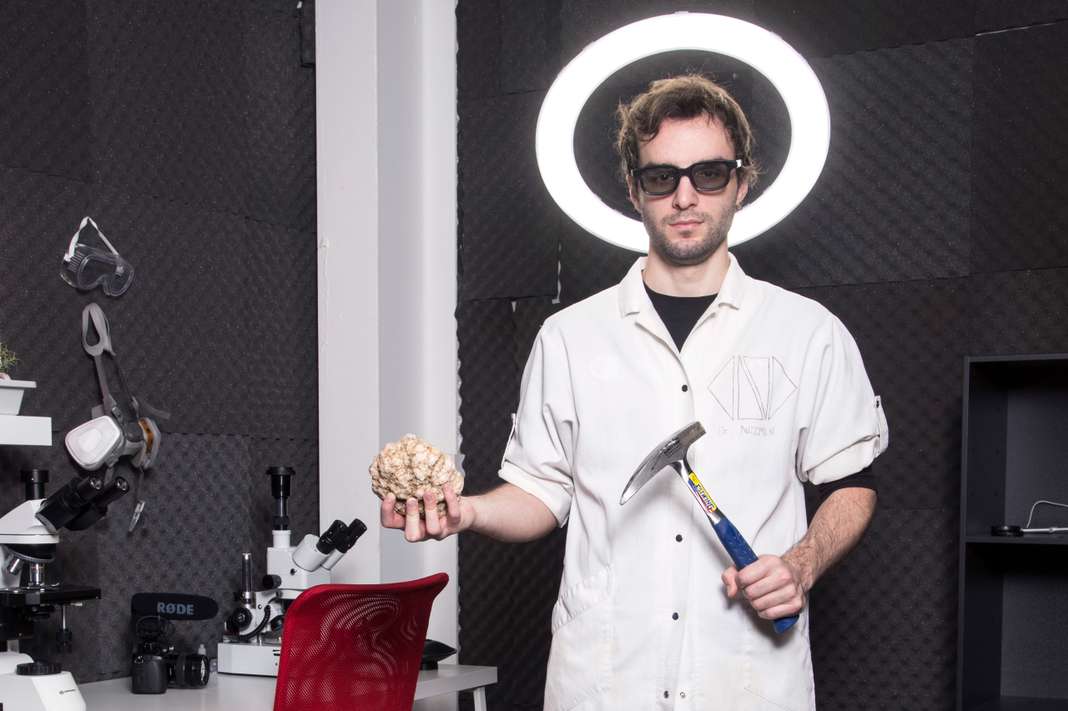«The European Union is preparing legislation to force companies to turn over customers’ personal data when requested even if it is stored on servers outside the bloc, a position that will put Europe at loggerheads with tech giants and privacy campaigners».
Source : Europe seeks power to seize overseas data in challenge to tech giants






